Quick Links
- Rules and Resources
-
Services
Quick Links
Offshore- Production
- Offshore Support Vessels
- Exploration
- Offshore Wind Projects
- Offshore Wind Vessels
- Subsea Solutions
- Offshore Sustainability
- Offshore Space Support
- Floating Production Storage and Offloading (FPSOs)
- Offshore Energy Production
- Offshore Aquaculture
- Subsea Mining
- Novel Concepts and New Technologies
- Offshore Decommissioning
Sustainability and Decarbonization- Energy Efficiency Existing Ship Index (EEXI)
- Sustainability Reporting and Assurance
- Simulation-based Energy Efficiency Evaluation Service (SIM EEE)
- Greenhouse Gas (GHG) Rating Improvement
- Greenhouse Gas Inventory and Carbon Accounting
- Carbon Capture, Utilization, and Storage (CCUS)
- Alternative Fuel Options
- Alternative Power Sources
- Marine Sustainability
- Offshore Sustainability
- Green Shipping Corridors
- Methanol Value Chain
- Gas
- Carbon Intensity Indicator (CII)
- Ammonia Value Chain
- Carbon Diligence Platform
- Innovation and Technology
-
News and Events
Quick Links
-
About
Quick Links
- Rules and Resources
- Services
- Innovation and Technology
- News and Events
- About Us and Careers
- Rules and Resources
- Rules and Guides
- Regulatory Updates
- Advisories and Debriefs
- Flag and Port State
- Engineering Software / License
- Engineering Reviews
- ABS MyFreedom™ Portal
- Databases
- Forms
- Services
- Classification
- Approval and Certification
- Company and Ship Audits
- Global Marine
- Global Offshore
- Global Government
- Sustainability and Decarbonization
- Digital Solutions
- Cybersecurity
- Maritime Training
- Innovation and Technology
- Technology Advancement
- Academic Engagement
- Industry Partnerships
- Data and Digitalization
- Knowledge Center
- About Us and Careers
- Who We Are
- Safety
- Careers
- Contact Us
ABS Review Advances University of Maine’s Innovative Floating Offshore Wind Concept
(Houston) ABS, a leading provider of classification and technical services to the offshore and marine industries, has completed the design review of the Front End Engineering and Design (FEED) documentation for the University of Maine (UMaine) developed floating offshore wind turbine (FOWT) concept, the VolturnUS.
“ABS has been the leading classification organization for the offshore industry from the very beginning of offshore operations, and we are pleased that the renewable energy industry is now looking to ABS for FOWT design review,” says ABS Executive Vice President for Global Offshore Ken Richardson. “ABS was the first classification organization to work offshore and continues to be a pioneer in setting standards for safety and excellence.”
The patented VolturnUS, developed by the Advanced Structures and Composites Center at the University of Maine is based on a concrete four-column semi-submersible hull concept. In 2013, the UMaine team successfully tested the feasibility of the concept by developing a 1:8 scale model and deploying it offshore Maine. The current pilot project consists of two full scale semi-submersibles, each with a 6 megawatt turbine that are designed to be on site for 20 years. Both units will be connected to the Maine power grid by subsea cables.
“UMaine is pleased that its innovative design became the first floating wind turbine concrete semisubmersible hull to be reviewed by ABS, and found to meet the ABS requirements,” says UMaine Director and Principal Investigator Dr. Habib J. Dagher. “After 10 years of development, this is a major milestone for our program, and we expect the VolturnUS hull concept to continue to attract private investment from the U.S. and around the World. Nearly 70% of the U.S. offshore wind resources can be captured using the UMaine VolturnUS technology, and we are looking forward to working with offshore wind developers across the U.S.”
ABS completed a design review of the semisubmersible, verifying compliance with the ABS Guide for Building and Classing Floating Offshore Wind Turbine Installations. The process consisted of an independent review of the hull/tower structure, coupled aeroelastic/hydrodynamic loads, safety, stability, electrical systems, equipment, piping and hydrodynamic and station keeping design. ABS determined that FEED design, as presented, met the requirements of the relevant ABS Rules and regulatory standards.
Plans are in place for the semi-submersibles to be used for the New England Aqua Ventus I project, a 12 megawatt facility offshore Maine funded by the U.S. Department of Energy. According to UMaine, this is a pilot project to demonstrate that the innovative design of the VolturnUS is a viable and economical alternative for offshore wind developments in water depths greater than 50m.
“ABS worked closely with the University of Maine through all design phases of the Aqua Ventus project,” says University of Maine Engineering Manager Anthony Viselli. “We are excited about the positive results from the design review and the potential for deploying this technology elsewhere in the U.S. and abroad.”
About ABS
Founded in 1862, ABS is a leading international classification organization devoted to promoting the security of life and property and preserving the natural environment through the development and verification of standards for the design, construction and operational maintenance of marine and offshore assets.
About the University of Maine
Founded in 1865, the University of Maine is a land and sea grant institution, and the flagship campus of the University of Maine System. The first graduate of the University of Maine was a civil engineer. Located in Orono along the banks of the Stillwater River, this vibrant and dynamic university serves Maine, the nation, and the world through its teaching, research and outreach mission. UMaine students come from every county in Maine, more than 49 other states and 63 countries. UMaine offers 90 undergraduate majors and academic programs, 80 master’s degree programs, and 30 doctoral programs.

© 2024 American Bureau of Shipping. All rights reserved.





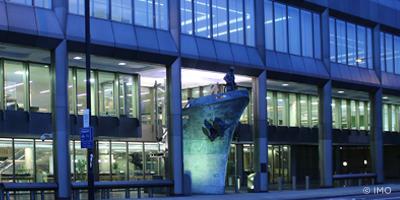



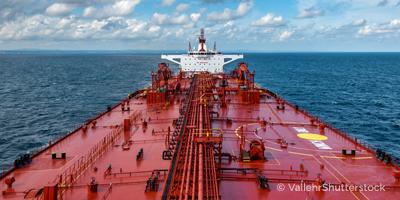

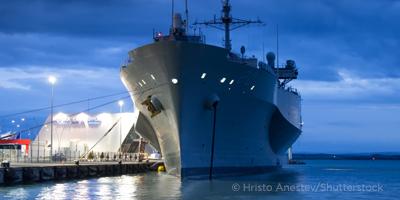
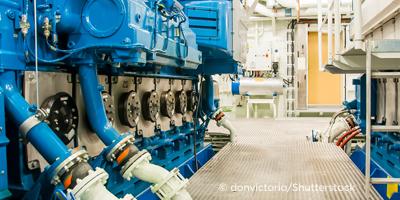
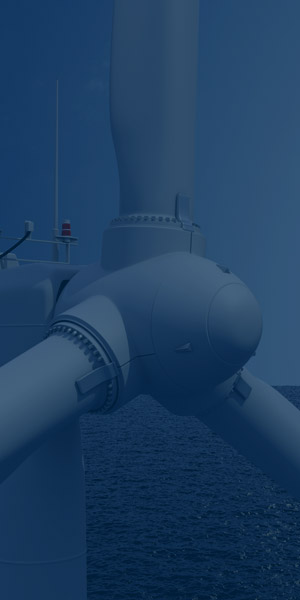









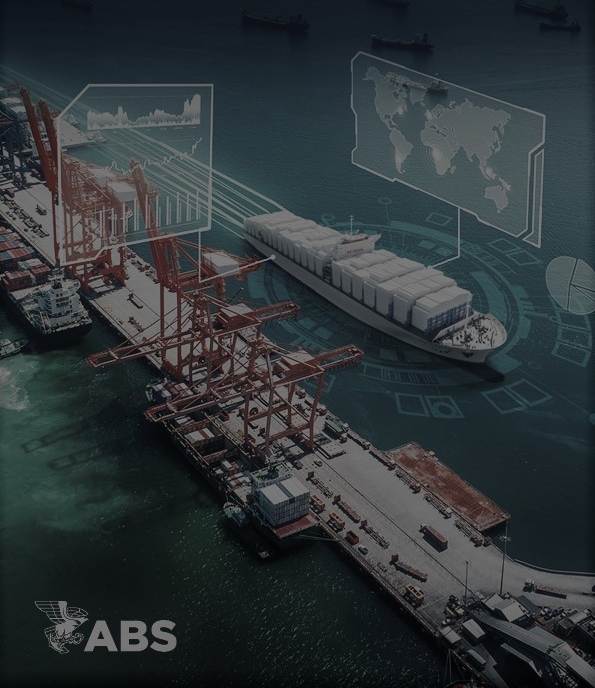




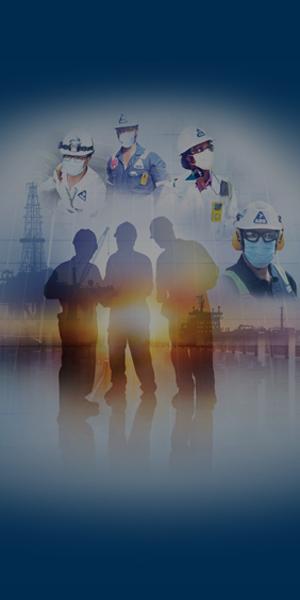

 The VolturnUS is a floating concrete structure that supports a wind turbine, designed by University of Maine Advanced Structures and Composites Center and deployed by DeepCwind Consortium in 2013.
The VolturnUS is a floating concrete structure that supports a wind turbine, designed by University of Maine Advanced Structures and Composites Center and deployed by DeepCwind Consortium in 2013. 





